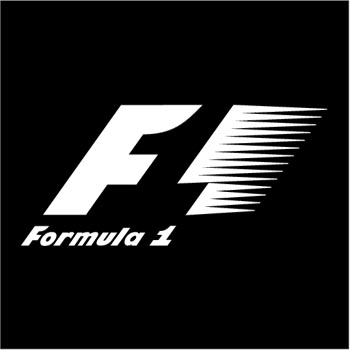Australia, a symbol of the "old order" to open F1 season
 Melbourne - Starting the Formula 1 season in Australia is almost a tradition. However, the fact of being a classic could turn against a Grand Prix at represents the "old order" in troubled times of change.
Melbourne - Starting the Formula 1 season in Australia is almost a tradition. However, the fact of being a classic could turn against a Grand Prix at represents the "old order" in troubled times of change.
The top category of motorsport has been travelling "down under" since 1985, but the Australian Grand Prix has only been based in Melbourne since 1996. Since then, with one exception, the Victoria state capital always opened the season for the Formula 1 circus.
This year will be no different. On March 29, Albert Park is again set to dress up as a race track. The 20 cars on the grid are to burn their first tyres of 2009 on the road around the blue water of the lake in the public park.
Everything will, however, happen later than usual. The Grand Prix is set to start at 5 p. m., in line with a deal that organizers struck with Formula 1 boss Bernie Ecclestone.
The short British tycoon wanted to turn the Australian race into another night-time show and threatened to take the Grand Prix somewhere else if Victoria authorities refused.
In the end, a compromise was reached whereby Ecclestone gets to improve TV audiences in Europe and Asia and Melbourne keeps its Grand Prix until at least 2015.
The time change is the only known portion of the price that the state of Victoria will have to pay to keep what is its great symbol in the field of sport, alongside the Australian Open in tennis.
The financial cost is a well-kept secret between Ecclestone and regional authorities.
"What I can say is that I believe we've achieved a good value-for-money outcome," Victoria state Premier John Brumby said.
The Australian daily The Age, however, put the figure for 2009 at 47 million Australian dollars (some 31 million US dollars), well above the average Grand Prix, according to the newspaper.
"The government must show greater transparency over its use of taxpayer's money," the daily Herald Sun complained in turn.
"Disclosing the licence fee would simply tell our competitors how much they need to bid to steal the event off Melbourne," said a government spokesman.
Sydney itself, always keen to pick a fight with its rival for leadership within Australia, volunteered as an alternative and was even willing to host a night-time race.
Melbourne is holding on to its sport symbol for now, but Formula 1 is in constant transformation. Following years of excessive spending, the financial crisis has hit the category with full force, and several of the oldest circuits either said goodbye or are in obvious trouble.
Ecclestone is 78, but his head never stops looking for new markets. As Canada, the United States and Frence fell off the Formula 1 season calendar - suffocated by financial problems, - Singapore, China or Bahrain joined the exclusive club in recent years.
He has insisted that he is not worried: there are four or five new candidates waiting for the chance to organize a Grand Prix, the F1 "supremo" said after scrapping Montreal from the 2009 programme due to a delay in payment of its fees.
Beyond the Spanish Grand Prix in Catalonia, Spain added a second race in 2008, the European Grand Prix in Valencia, which offers one of those urban circuits that Ecclestone loves so much. And India is close to hosting its own Grand Prix in 2011.
The "classics" are having trouble: Silverstone will no longer host the British Grand Prix in 2010, and Hockenheim, which takes turns with Nuerburgring in organizing the German Grand Prix, needs financial assistance to secure its survival.
A "new order" appears to be taking control of Formula 1, and Australia would do well to find its own place in it if it does not want to be left out altogether. In this context, Melbourne may well have inquired into the price of artificial lighting at Albert Park. (dpa)